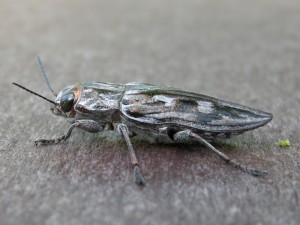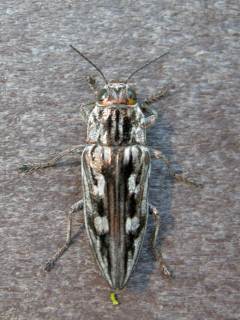The best advice I’ve received so far is on Mike McDowell’s blog: focus by zooming all the way into the digital zoom portion, so you have the largest image on the screen you can get. That way you can finetune the focus using the scope, then you just unzoom back into the optical portion of the range, and your focus settings should be pretty good.
Today I found this stunning male American Kestrel in the prairie, where there’s usually one all winter long:
Unfortunately, just as I was settling in for a long shoot, it flew off. I relocated, and got set up again, when two people strolled by, flushing it yet again. After a few minutes trying to find its new perch, I gave up on this bird.
A little later down the path, I happened upon the same two people, looking at this female (or juvenile; I’ll look this up in my Wheeler when I get home) merlin in a tree:
I only had time for a couple of shots before these guys, yet again, jumped up and got the bird moving. I didn’t complain, because it’s possible that I was close enough to both birds to have put them in “nervous” mode, and the passersby were truly innocent. It was just frustrating.
A couple of other interesting sights I saw today:

UPDATE: This is a Sculptured Pine Borer beetle, Chalcophora virginiensis.
There were actually two of these guys on the newly constructed boardwalk that overlooks the prairie (imaginatively named the Prairie Overlook); they allowed me to get in very close with the P5100, so I could take macro shots to my heart’s content. Unfortunately, the camera had trouble finding focus with the straight overhead shot; here’s the best one I could get:
And down along the rewatering canal I came across this little party:
The congregation of bugs was on a species of nightshade (Solanum species). Not sure which one, but it puts out little green fruits that turn yellow when ripe. Right now most of the plants in Fern Forest have the green fruits.


